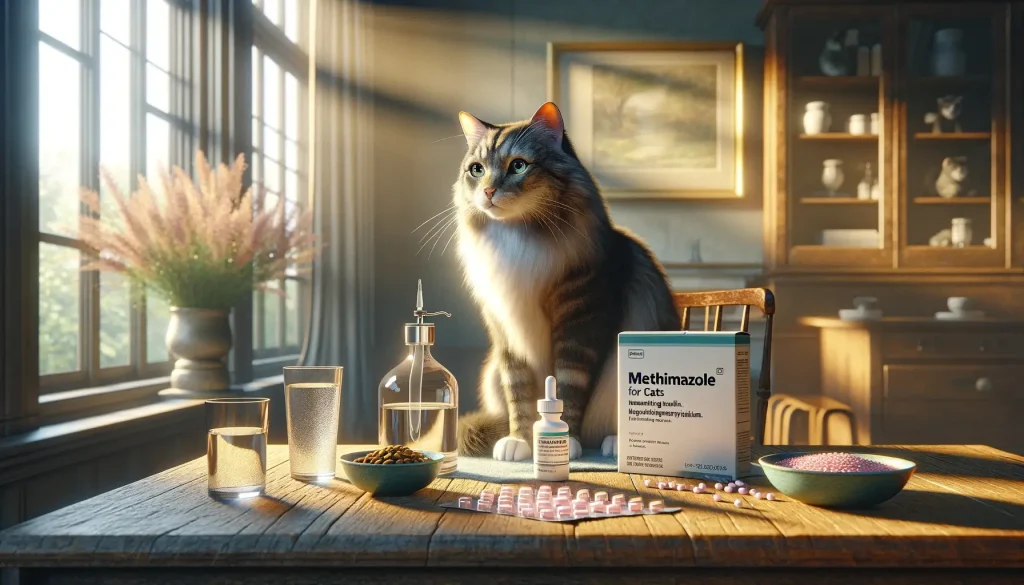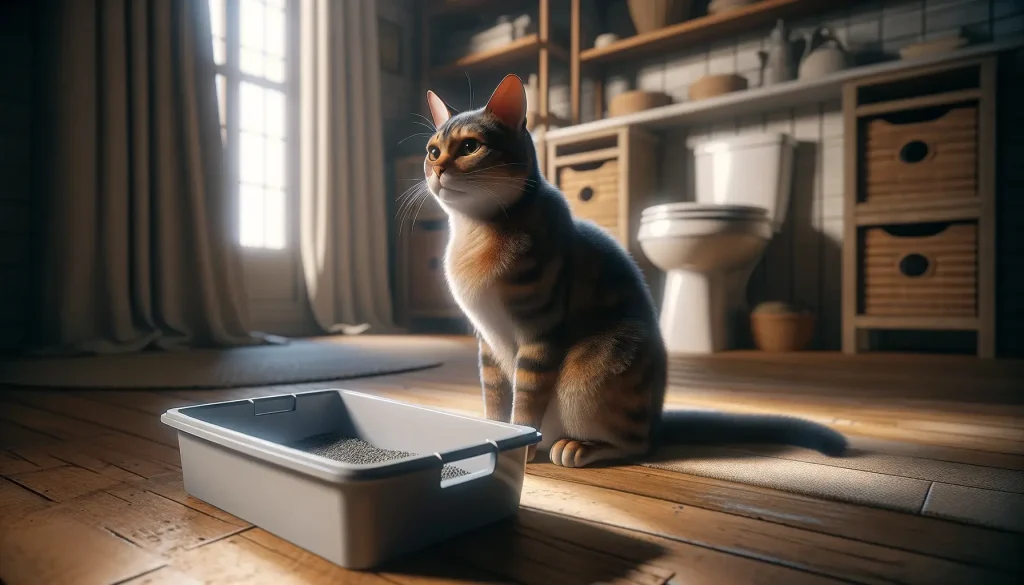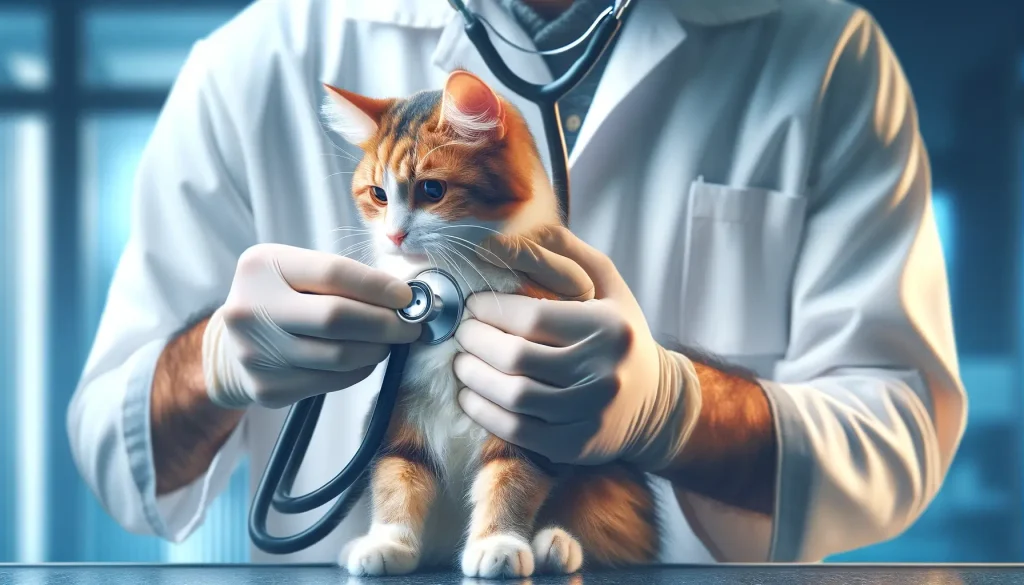
Cat Heart Health Guide
At the core of your cat’s health is its heart rate and rhythm, governed by a sophisticated electrical conduction system. This system ensures that the heart beats in a coordinated manner, allowing blood to be pumped efficiently. The heart’s pacemaker, the sinoatrial (SA) node, kicks off each heartbeat, signaling the atria to contract and funnel blood into the ventricles. Any disruption in this process can lead to arrhythmias, affecting your cat’s overall well-being.
Arrhythmias can be born from various conditions, including heart muscle disease, congenital defects, and even non-cardiac issues like anemia or toxins. Common types of arrhythmias seen in cats include sinus node disease, heart block, ventricular premature complexes (VPCs), and atrial fibrillation (Afib), each carrying its own set of symptoms and risks. But how do these arrhythmias manifest, and what signs should pet owners look out for?
Diagnosing arrhythmias typically involves a thorough examination, listening to your cat’s heart, and conducting an EKG—the most effective diagnostic tool. Depending on the arrhythmia type, treatments can range from pacemakers for slow heart rates to antiarrhythmic drugs and even potentially more invasive procedures like radiofrequency ablation for certain supraventricular arrhythmias.
With such a wide range of potential heart rate issues, one might wonder, how can you ensure your cat’s heart is beating just right?
Spotting Signs of Cat Heart Risk
Knowing the symptoms of arrhythmias is the first step to protecting your cat’s heart health. Unlike humans, cats often mask their discomfort, making it challenging for pet owners to detect underlying issues. Arrhythmias in felines may present through various symptoms, some subtle and some more pronounced. Weakness, sudden fainting spells, and intolerance to exercise are key indicators. In more serious cases, your cat may exhibit fluid accumulation in the abdomen, an increased respiratory rate, or even labored breathing.
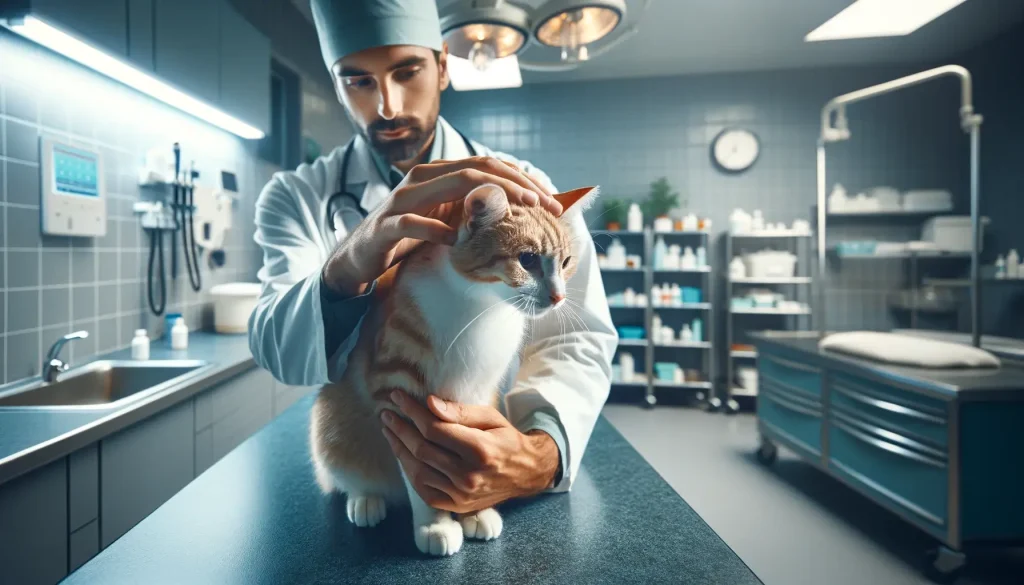
Importantly, not all cats with arrhythmias show obvious signs. This silent threat can go unnoticed without regular vet check-ups. As such, being vigilant about your cat’s behavior and physical condition becomes crucial. An irregular heart rhythm can stem from several conditions, from heart muscle disease and congenital defects to external factors like anemia or exposure to toxins. Recognizing these signs early can make a significant difference in your cat’s health outcome.
Diagnosis of arrhythmias often begins with a simple yet effective method: listening to the heart with a stethoscope. However, for a definitive diagnosis, an EKG (Electrocardiogram) is the gold standard. In some cases, a Holter monitor may be used to record the heart’s electrical activity over 24 hours, providing valuable insights into the frequency and severity of the arrhythmia.
Treatment options vary significantly depending on the type and cause of the arrhythmia. For slower heart rates, a pacemaker might be recommended, while various antiarrhythmic drugs serve to manage other types of irregular rhythms. In emergency situations, intravenous drugs are administered for life-threatening arrhythmias, with oral drugs used for ongoing management. Advanced procedures like radiofrequency ablation or electrocardioversion may be considered for specific cases of supraventricular arrhythmias, and defibrillation is a critical intervention for severe ventricular arrhythmias.
Home Care vs. Vet Visits for Cats
Keeping an eye on your cat’s heart health is something you can start at home. Regular observation can alert you to changes that may indicate a problem. Look for signs like weakness, fainting spells, or exercise intolerance. Noticing these early can be vital. However, there’s a fine line between what can be monitored at home and what requires a vet’s expertise.
At-home monitoring includes:
- Watching for any changes in behavior or activity level.
- Observing your cat’s breathing pattern when at rest.
- Noting the presence of any coughing or difficulty breathing.
While these steps are helpful, they’re no substitute for professional medical advice. Certain situations mandate a visit to the vet. For instance, if you observe your cat experiencing any form of respiratory distress, or if they faint or display severe lethargy, it’s time for a vet visit.
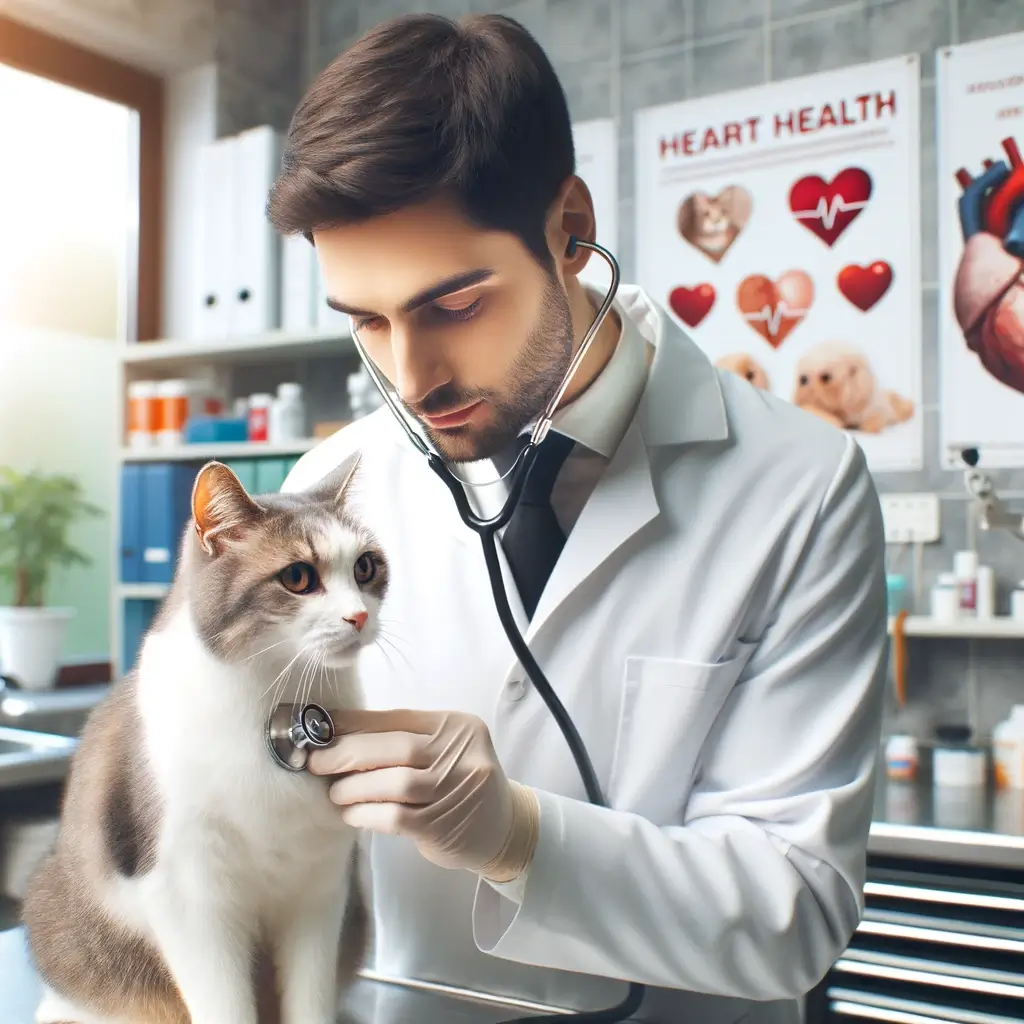
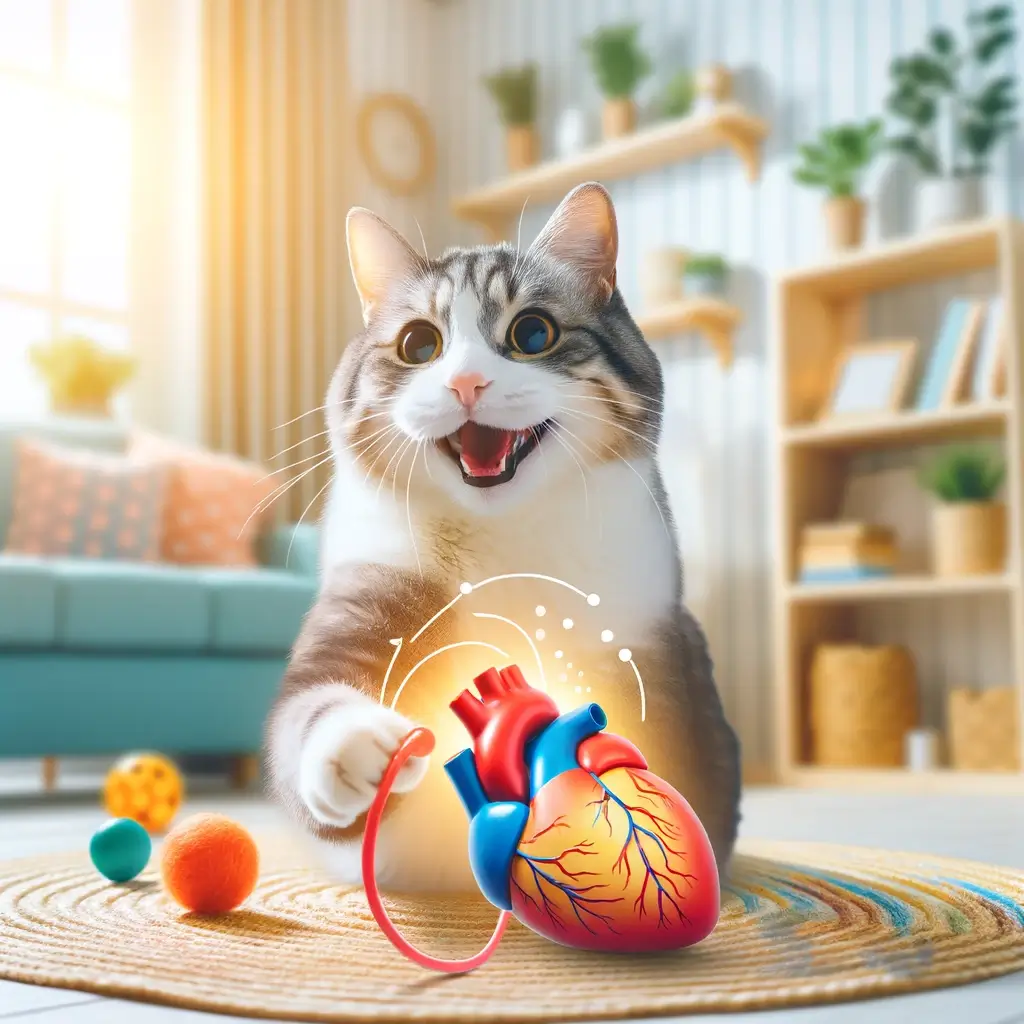
Cases where visiting the vet is necessary include:
- Any suspicion of an arrhythmia: Only a professional can diagnose this condition properly.
- Severe symptoms such as fainting, significant exercise intolerance, or any sign of distress.
- Regular check-ups: Essential for early detection of underlying health issues.
Arrhythmias can range from benign to life-threatening. Professional diagnosis and treatment plan are crucial. An EKG, possibly complemented by a Holter monitor, will offer the most accurate picture of your cat’s heart rhythm. Treatments might include antiarrhythmic drugs, pacemakers, or in severe cases, more advanced interventions like radiofrequency ablation or defibrillation.
Preventing Cat Heart Issues
Keeping your cat’s heart healthy is a mix of awareness, prevention, and timely action. Understanding the causes and symptoms of arrhythmias is the first step. Here’s how you can proactively guard your cat against heart issues:
- Regular Vet Check-ups: Early detection through routine examinations can catch issues before they become severe.
- Healthy Diet: Ensure your cat’s diet supports cardiac health. Ask your vet for recommendations.
- Exercise: Adequate physical activity helps maintain heart health. Engage your cat in moderate play.
- Watch for Warning Signs: Signs like fainting, weakness, or breathing issues need immediate vet attention.
- Avoid Toxins: Ensure your home is free from substances that could harm your cat’s heart.
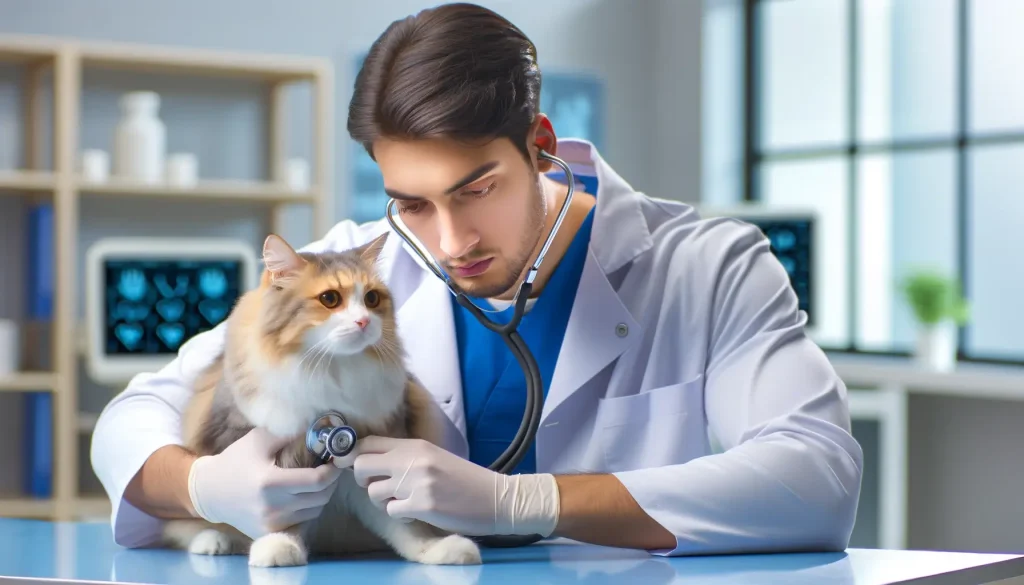
Questions on Cat Cardiac Care
| Question | Answer |
|---|---|
| What is a normal heart rate for my cat? | A healthy resting heart rate for cats ranges between 140 to 220 beats per minute. Factors like stress and exercise temporarily increase this rate. |
| How can I check my cat’s heart rate? | Place your hand over your cat’s left side, behind the front leg. Count the beats for 15 seconds and multiply by four to get the beats per minute. |
| What are signs of heart problems in cats? | Signs include weakness, fainting, exercise intolerance, fluid in the abdomen, increased respiratory rate, and labored breathing. |
| Can diet affect my cat’s heart health? | Yes. A balanced diet rich in certain nutrients can support heart health. Talk to your vet for specific recommendations. |
| Is exercise important for my cat’s heart? | Absolutely. Regular, moderate exercise helps maintain a healthy heart and overall well-being for your cat. |
| What treatments are available for arrhythmias? | Treatment options range from antiarrhythmic drugs, pacemakers, to more advanced interventions like radiofrequency ablation or defibrillation, depending on the arrhythmia type and severity. |
| How often should my cat have a heart check-up? | It’s wise to schedule yearly vet visits for a general check-up, which includes heart health monitoring. More frequent visits may be needed for cats with known heart conditions. |
Beginner Guide to Raising Quail at Home
What are the Signs of a Dog Concussion?
What Causes Your Dog’s Ears to Smell Bad?
When your dog’s ears start to emit an unpleasant odor, it might leave you puzzled…
Methimazole Treatment for Cat Hyperthyroidism
Methimazole plays a crucial role in managing feline hyperthyroidism, a condition marked by an overactive…
Got Hummingbirds in your Backyard? Here’s How to Care for Them.
Why Does Your Cat Pee Outside the Litter Box?
Cat’s Litter Box Issues It’s not uncommon for cat owners to face the frustrating dilemma…



